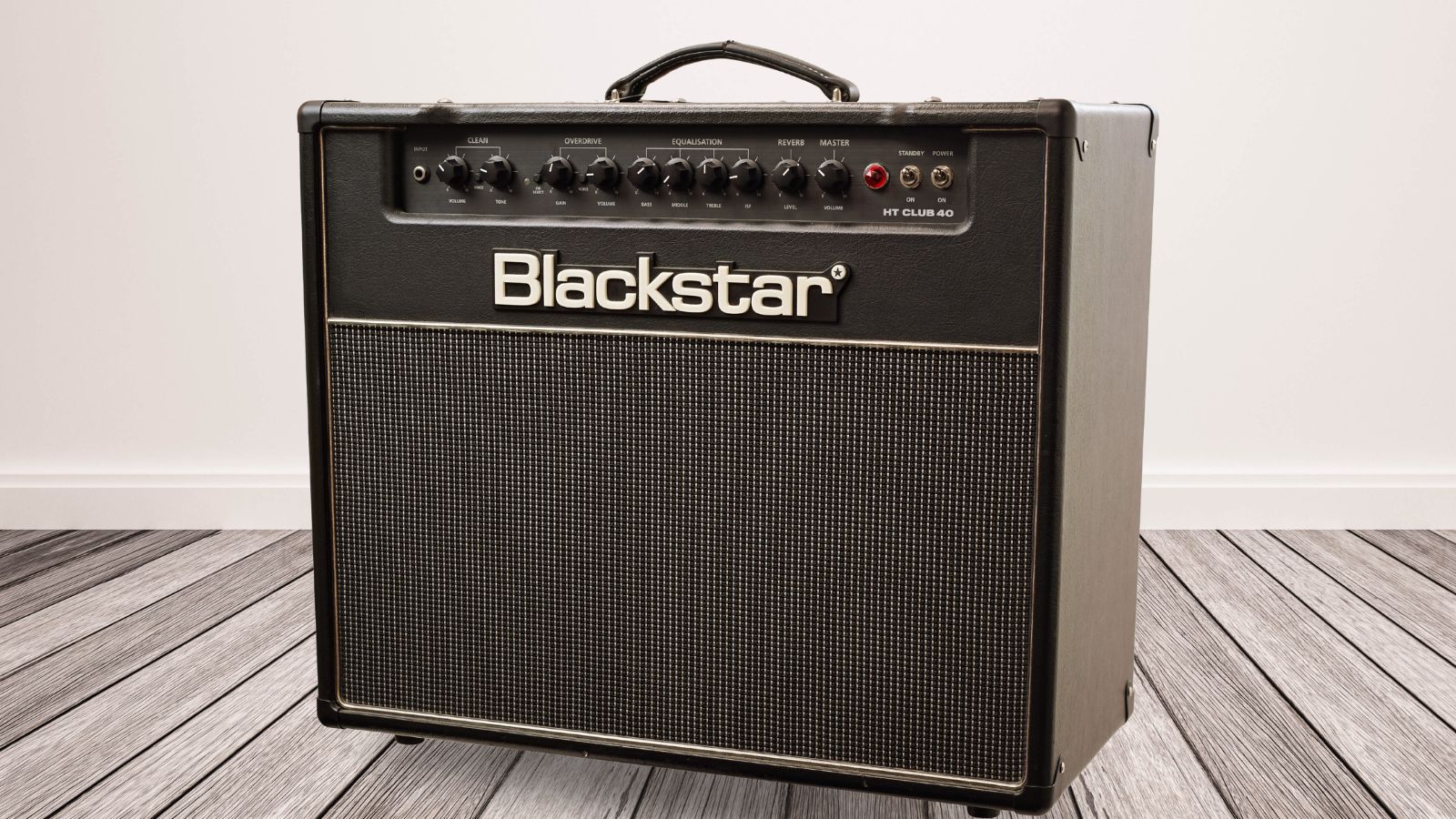
Musicians consider amps one of the most important parts of any studio or on-stage performance. They determine the sound quality of any performance.
For this reason, you must conduct thorough research before choosing any amplifier for your specific needs. Considering all that, getting the right brand for your amplifier will certainly not leave you disappointed.
The guitar amplifiers produced by Blackstar are consistently ranked among the most sought-after.
In addition to the capability of taking advantage of its performance and durability, you will also have the opportunity to select from a comprehensive selection of available options.
The company known as Blackstar Amplification focuses on the production of guitar amplifiers and effects units as its primary line of business.
Within a relatively short period of time, Blackstar has established itself as one of the guitar industry’s most recognizable amplifier brands.
Their goods are used by artists from all over the world, including some of the most well-known performers in the industry today. The fact that they have an enormous fan base and produce such high-quality music proves their talent.
There are a few issues that are pretty typical with Blackstar amplifiers. If you are interested in purchasing an amplifier from this manufacturer, you should be aware of the following information before making your purchase.
Common Blackstar HT Club 40 Problems
1. Body Scratches
Blackstar amplifiers are constructed with a finish and materials that are long-lasting. In spite of the fact that you occasionally put quite a bit of pressure on them, it is highly improbable that they will give way.
However, Blackstar versions are more likely to suffer from surface scratches than other amplifiers on the market.
Those familiar with matte black amplifiers can recognize them immediately, and it is not difficult to comprehend the reason for this.
If you intend to use these amplifiers regularly, you will need to pay extra attention to clean them and make them free of dust and grime.
Therefore, it is essential that you take precautions to prevent scratches from occurring on these amplifiers by ensuring that you do not clean them with a dry cloth but instead use a wipe that is just slightly moist on the body of the amplifier in order to avoid any issues, including scratches.
2. Noise And Distortion
Because it does not have a noise control module that is of sufficient quality, this amplifier produces a considerable amount of noise, and its distortion is also rather audible.
Because of this, you might be hearing distortion on the amplifiers, such as buzzing sounds or hums, which is something you absolutely need to take precautions against.
Even if there are some relatively minor issues, such as the connector not being correctly attached, the knobs being the source of the distortion, or any other problem, it is still important to fix the instrument as soon as possible.
It is essential that you don’t miss anything, and that’s why you have to be careful. It doesn’t matter if the tiniest of connectors are corroded or not connected properly.
What matters is that you make sure that you are setting everything up correctly so that the distortion is not an issue.
The first tube in the preamp can be removed and powered up to see whether the noise is present. Upon checking it, you will see downstream of the tube you pulled might be making noise.
The noise you hear originated between the last tube you removed and the previous tube, so power down, pull the next tube, and continue until the noise stops.
3. Not Turning On
There is also a possibility that the amplifier may not switch on, which is another typical issue that requires careful inspection on your part.
Problems with the power cable can occasionally be the source of the issue; therefore, it is imperative that you check on any and all power cord concerns.
It is imperative that the cable be carefully examined. If the power cord looks to be damaged, replacing it is likely to be essential to resolve the issue; doing so should be sufficient.
In the event that this does not solve the problem, you will need to check the power supply to ensure that it is operating correctly. You can encounter such troubles owing to voltage fluctuations.
Working with Blackstar service facilities in the appropriate method will allow you to have the best experience possible with Blackstar amplifiers. You won’t even have to worry about voiding your warranty in the process.
4. Buzz/Hum Problem
Some users have mentioned that there is a faint buzz or hum that can be heard when the level is turned down, but it gets more apparent when the volume is turned up. It is possible that the signal is being disrupted by something in the environment.
First things first, check to see if the input jack on your guitar is functioning correctly. If you continue to pull and tug on the jack, it will eventually become loose and start to move around.
What you search for in a noise gate or noise suppressor will determine the answer to this question. Only when you are not playing will the noise gates be able to get rid of that hum.
When heavy riffing or chugging is being played, it is exceptionally usual to hear them played in heavy metal bands. It is recommended that you inspect the input jack located on your instrument. It will almost certainly resolve the issue for you.
5. Volume control And Tube Problems
Some users have reported that the volume controls of the Blackstar amp cause disturbance and noise. There can be many reasons for this, but most commonly, the problem is with controls and how they power the tube of the amp.
It is always a good idea to suspect a bad tube in a tube amplifier since they are the usual culprits for this problem. If you have a gigging tube amp, you should always have a replacement tube set with you.
You can hear things like whale sounds, hums, hisses, and static when you have a bad tube, among many other indications.
Almost anything can be caused by a bad tube. You can try a new rectifier tube to solve this problem. They can solve many problems. Usually, these problems will go away with installing a new tube. If not, there are more solutions as well.
It is possible for the pins of tube sockets to become loose or dusty, which can result in a wide variety of intermittent issues.
These issues can include the inability of the tube to function and a negative voltage on the cathode of an amplifier that is biased toward the cathode.
A bad tube can cause strange and bad sounds coming out of the amp. The output of the amp can also be affected if the tube is not working correctly.
A tube can also cause low or high voltage problems in the amp. So the best thing to do is to get a new tube of a similar model and replace the old one.
By carefully wiggling a tube and keeping an ear to the ground, it can occasionally listen for noise. To clean a socket, a contact cleaner should be put to the pins of a tube, and then the tube should be placed into the socket several times.
The Bottom Line
Blackstar amps are one of the best when it comes to doing the amplifying job. Several professional bands and singers use them during their on-stage performances and off-stage practices.
The experience and sound quality are greatly enhanced by these wonder amps.
If you are a Blackstar amp lover, you may have encountered the above-listed problems. There are solutions provided in this article. You can try them, and they’ll help you get rid of some common issues with your Blackstar amps.

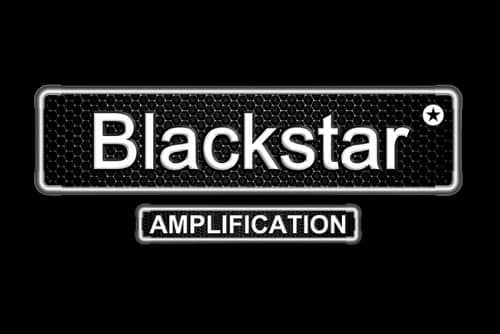
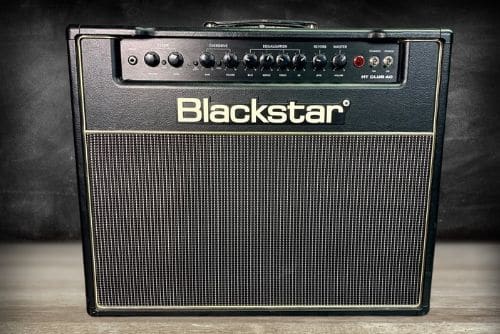
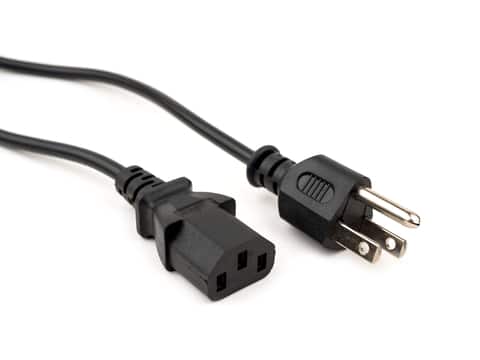
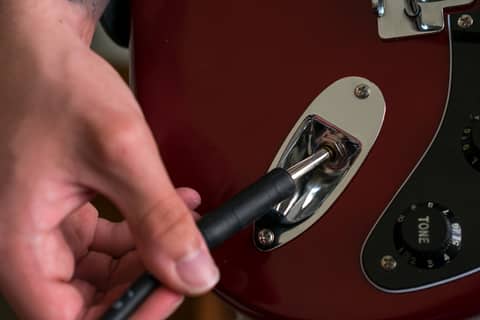
Hi,
Thank you for the article. I just received my HT40 Club MKII yesterday and after 15 minutes of playing it failed. It powered down and won’t turn back on. I know this is a different model from the one you specifically wrote about, but it had the exact problem you spoke to in #4.
I haven’t been able to find anything about this issue with this particular model so I don’t know how common it is.
Thanks again.